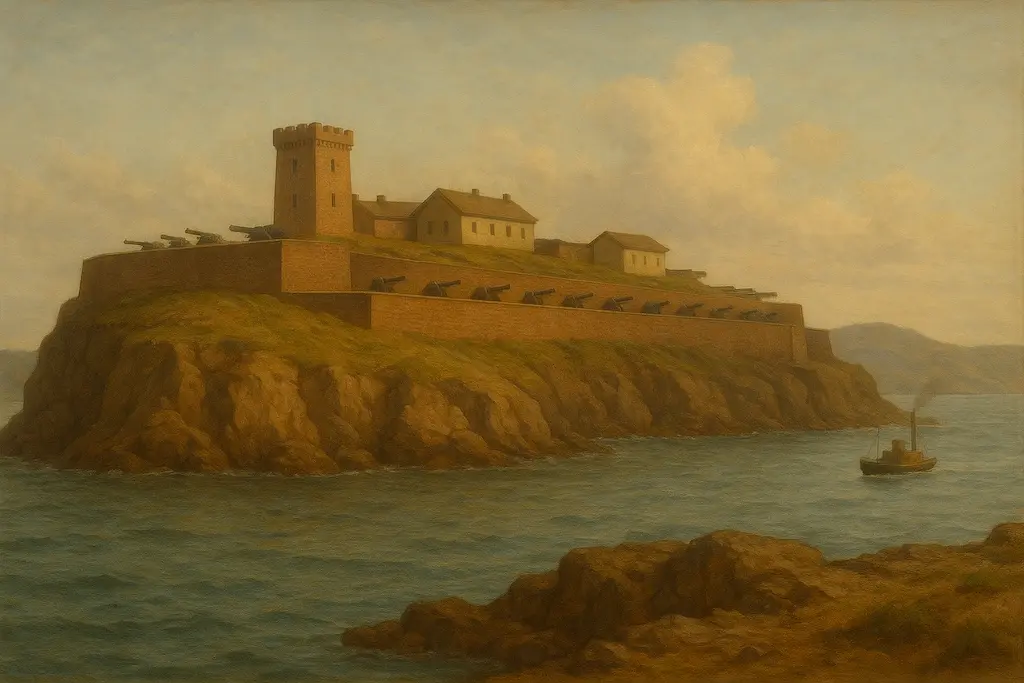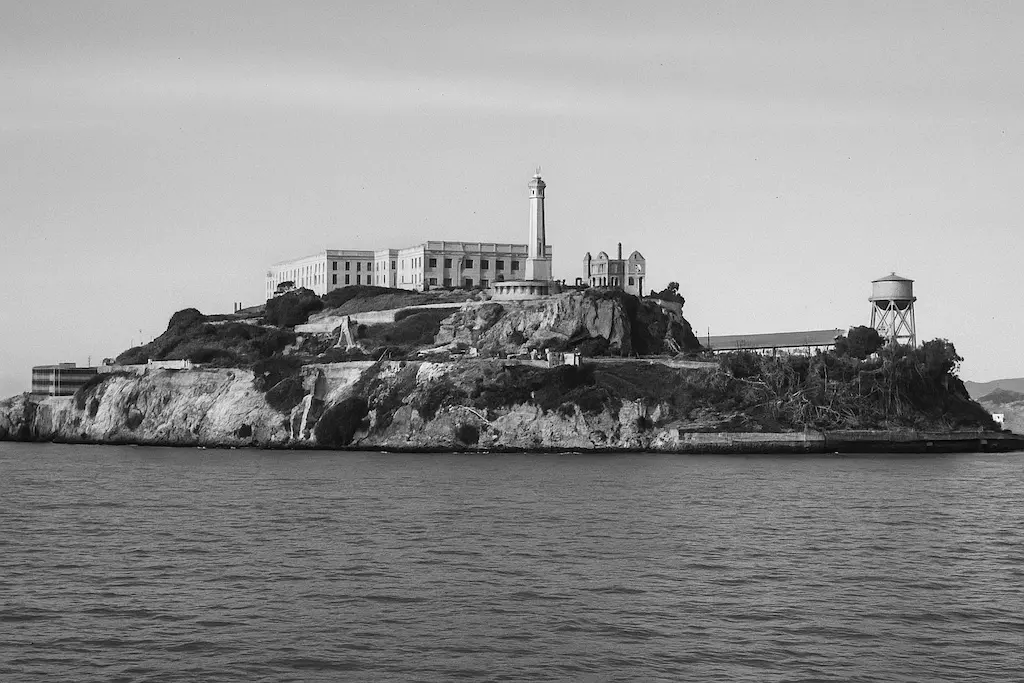Why was Alcatraz closed? This question has intrigued history lovers, tourists, and crime enthusiasts for decades. Known as one of the most infamous prisons in the United States, Alcatraz Island once housed some of the country’s most dangerous criminals. But despite its fearsome reputation, the prison was shut down in 1963. So, what led to the closure of Alcatraz?
What was on the Island Before it was a Prison?
Before Alcatraz became one of America’s most notorious federal prisons, the island had a long and complex history. Named “Isla de los Alcatraces” in 1775 by Spanish explorer Lieutenant Juan Manuel de Ayala, the 22-acre island was originally a natural habitat for seabirds. Its strategic location in San Francisco Bay would later give it military importance.

In 1850, U.S. President Millard Fillmore designated Alcatraz as a U.S. military reservation to help protect the bay during the California Gold Rush. By 1853, construction began on Fortress Alcatraz as part of a coastal “Triangle of Defense,” alongside Fort Point and Lime Point. This military stronghold included heavy artillery and was built to defend against enemy ships entering the bay.

Why was Alcatraz Prison Built?
By 1861, Alcatraz was officially converted into a military prison. During the Civil War, it held a wide range of inmates, including military deserters and civilians accused of treason. Over time, the prison population became more diverse.

In the early 20th century, Alcatraz was converted into a minimum-security disciplinary barracks focused on rehabilitation rather than punishment. However, by 1933, due to rising costs and the economic impact of the Great Depression, the U.S. Army decided to relinquish control of the facility.
Why was Alcatraz Closed?
Alcatraz prison officially closed on March 21, 1963. The main reason for its closure was the extremely high cost of operation. Because the prison was located on an island, all essential supplies such as water, food, fuel, and other materials had to be delivered by boat. This made Alcatraz nearly three times more expensive to operate than other federal prisons.
One of the biggest financial challenges was the lack of a fresh water source on the island. Every week, approximately one million gallons of fresh water had to be transported by barge. These water deliveries significantly increased operating expenses.
In addition to daily costs, the prison buildings were deteriorating. It was estimated that between three and five million dollars would be required for maintenance and restoration. This amount did not include the high daily operating costs. As a result, the government decided that keeping Alcatraz open was no longer practical.
1969 Occupation of Alcatraz
In 1969, a group of Native Americans and their supporters occupied Alcatraz Island, declaring it Indian land under the terms of historical treaties. The protest was organized to bring national attention to Native American rights and issues, including broken treaties, poor living conditions, and the U.S. government’s treatment of Indigenous people.
The occupation lasted for 19 months, making it the longest occupation of a federal facility by Native Americans. It ended in 1971, when federal agents removed the remaining protestors.
The Modern Role of Alcatraz
In 1972, Alcatraz Island was incorporated into the Golden Gate National Recreation Area, and it officially opened to the public in 1973. Later, in 1986, it was designated a National Historic Landmark in recognition of its historical significance. Today, according to the U.S. General Services Administration, Alcatraz attracts over 1.4 million visitors each year, making it one of the most visited sites managed by the National Park Service.


